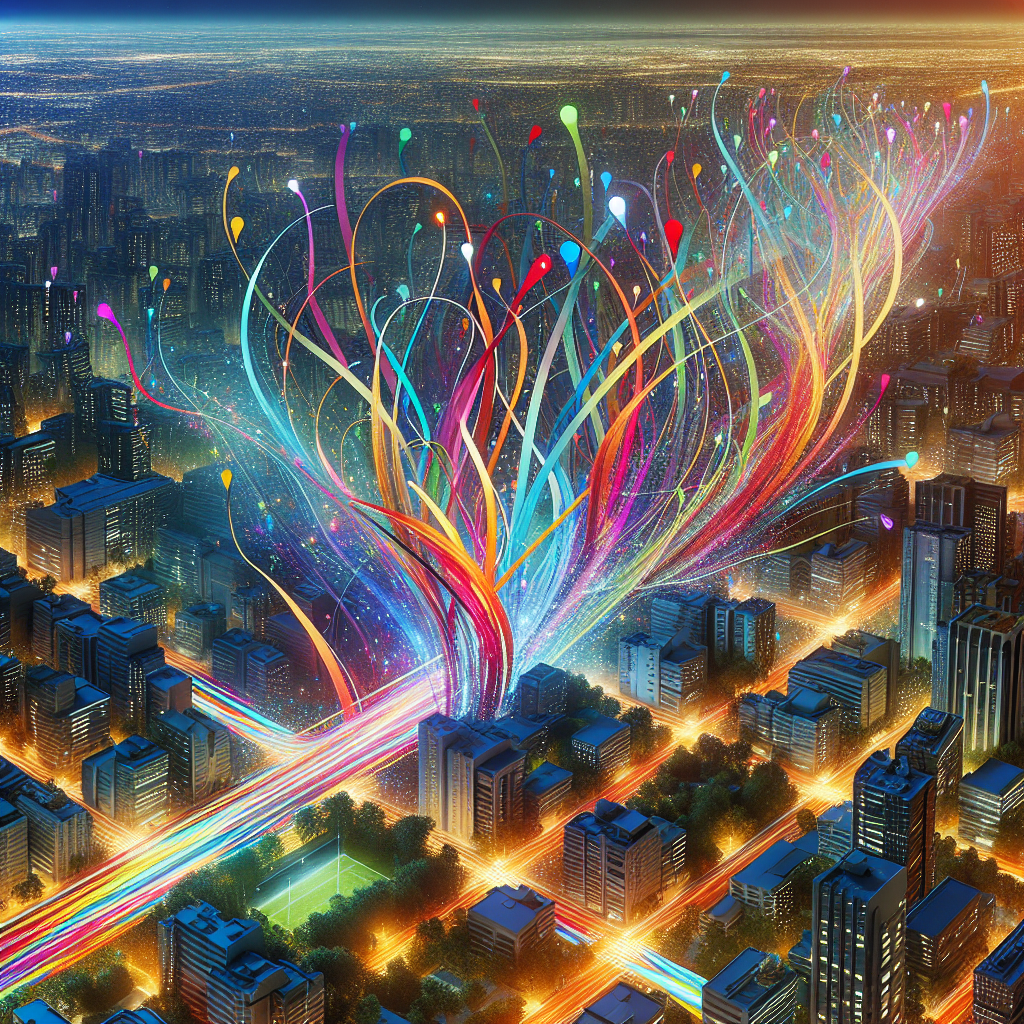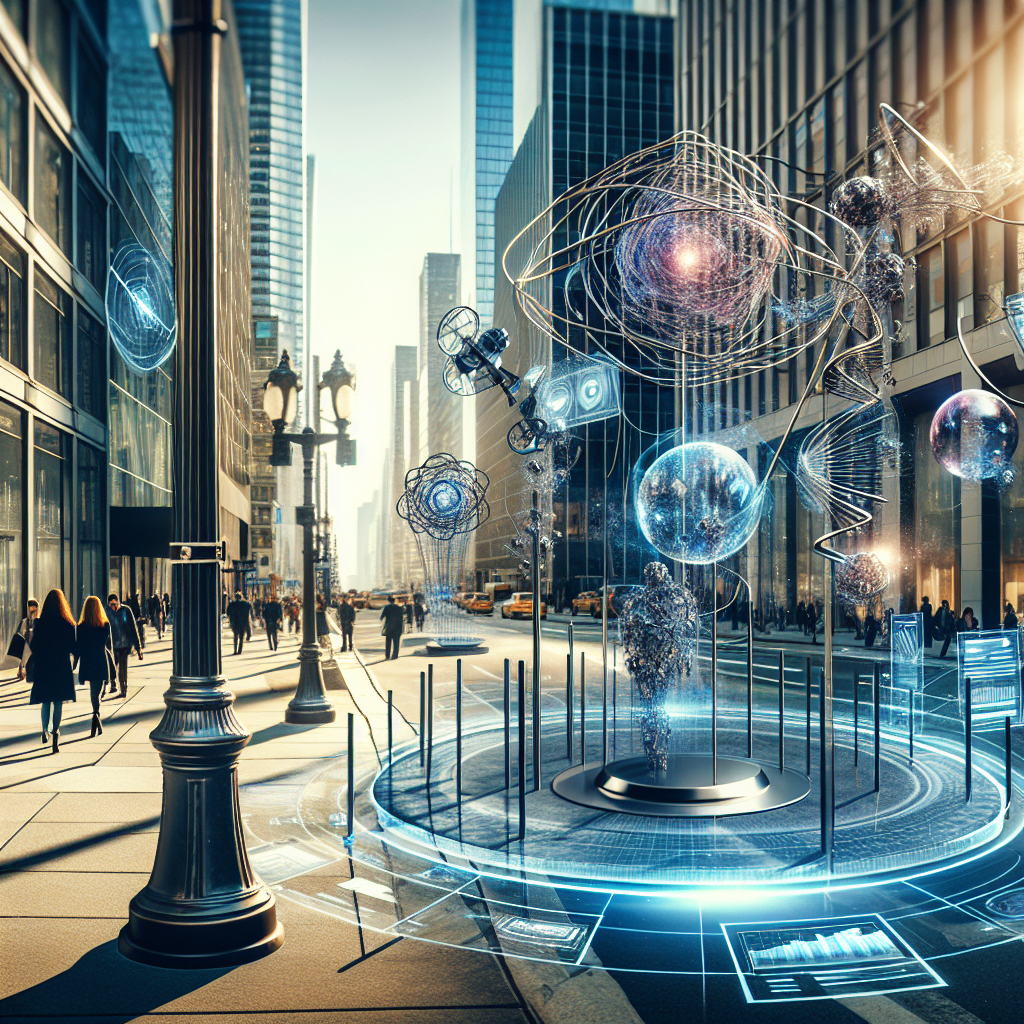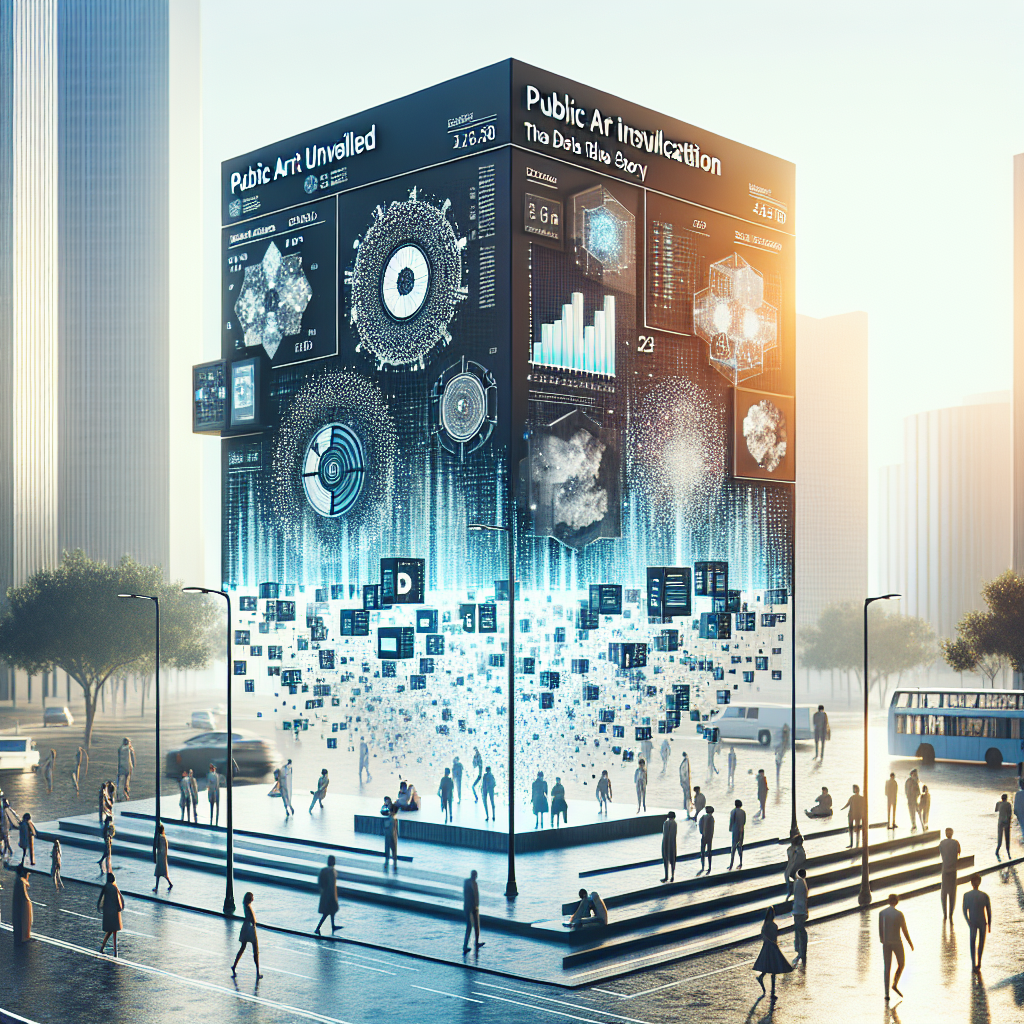Have you ever pondered over how a public art installation could alter the transportation landscape? Are we not accustomed to separating the two as distinct entities – one appealing to our aesthetic sensibilities, while the other serving functional utilities? As we usher in an era where technology binds various industries in startling ways, it’s time to indulge in this intriguing interplay of art and transport.
This investigation began from an unusual intersection where tech and graphics amalgamated – The recent unveiling of a data-visualising public art installation. While physical mobility shaped around creative aesthetics is not unknown (think custom vehicle designs or architecturally notable transport terminals), integrating them digitally opens unchartered territories.
Technology Overview
The underlying technology here can be essentially boiled down to Augmented Reality (AR) incorporated with data modelling and visualisation. AR superimposes virtual information onto our real-world view providing enhanced interactive experiences whereas effective use of GPS information allows accurate positioning.

Current State of Art
In terms of coupling artwork with transit systems, murals have adorned subway stations for years; sculptures might grace airport lobbies but infusion of digital elements present novel possibilities. Interactive AR platforms have sprung up globally such as Detroit’s Project Sidewalk or Singapore’s LocoMole app that enrich urban exploration on foot with fascinating local trivia enroute their virtual trails.
Key Innovations
Spearheading innovation in this field is ‘Tansitcapes’ – an AR platform harnessing commuter data to generate real-time visual narratives. As metro riders tap their cards, kinetic sculptures are animated on your smartphone screen creating an ever-evolving cityscape that encapsulates the city’s pulse in a beautiful visual metaphor.
Market Adoption
The market’s response has been mixed but growing; while for some it triggers fears of digital saturation, others perceive it as a compelling tool for enhanced public engagement. The success of Pokemon Go exhibited mass-market acceptance of AR technology signifying its potential for wider application.

Technical Challenges
Data privacy remains the predominant concern along with issues around limited outdoor GPS accuracy and hardware constraints in rendering high-quality graphics smoothly.
Industry Applications
Beyond merely providing visually appealing journeys, its applications span tourism (interactive sightseeing), urban planning (visualising proposed infrastructural changes) and even emergency services (tracking real-time vehicle deployment).
If harnessed responsibly, this technology could revolutionise how we perceive our cities amplifying daily commutes into immersive extravaganzas whilst simultaneously informing urban development decisions via this trove of commuter data.
“

